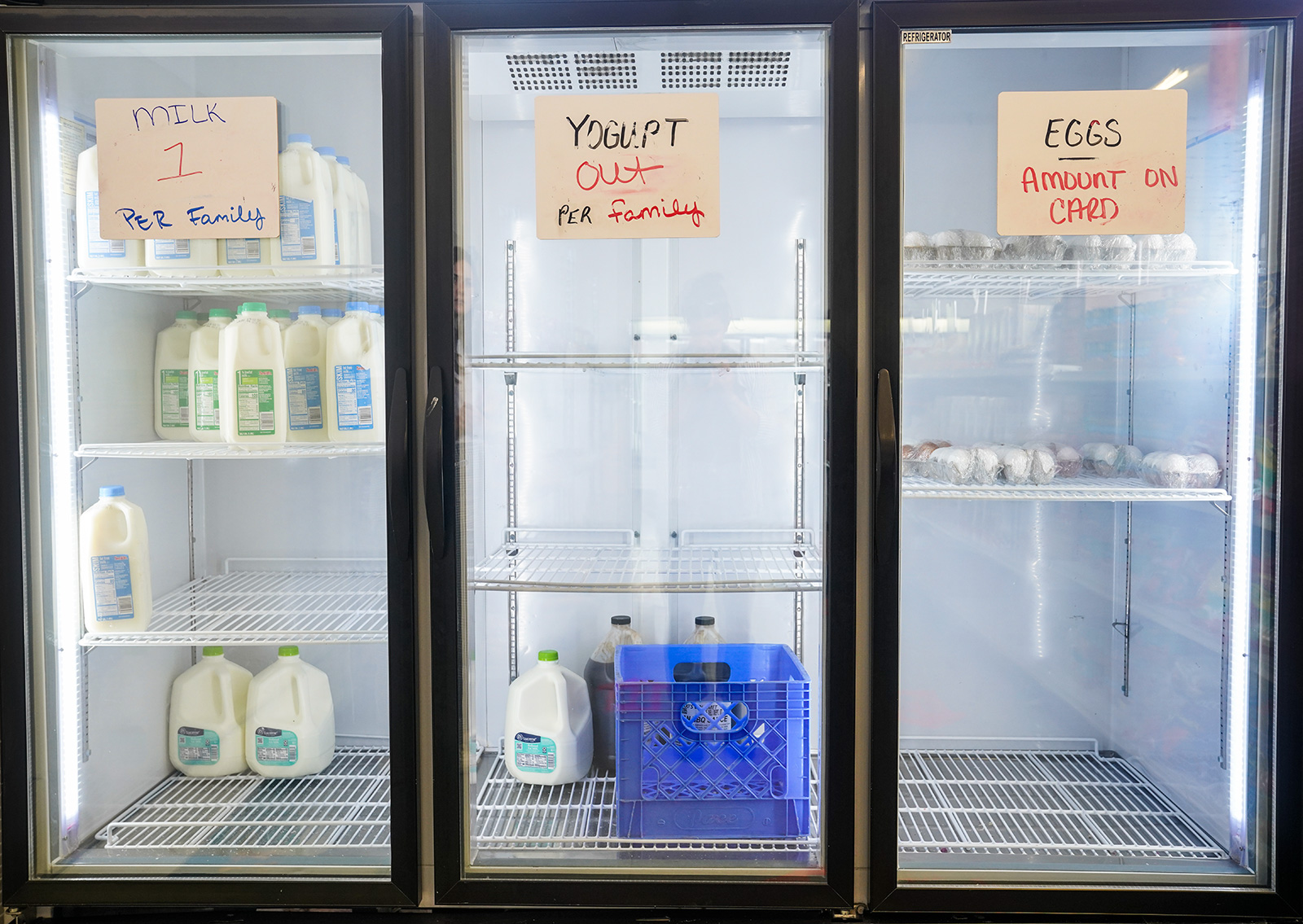‘The Big Slowdown’
Economists with the University of Montana presented an updated economic forecast last week in Kalispell, predicting a slowdown in growth over the next few years that is arriving sooner than expected following dramatic strides in 202l
By Maggie Dresser
After economists at the University of Montana Bureau of Business and Economic Research (BBER) in January predicted a slower but still above-trend growth rate this year compared to 2021, forecasters say the growth in 2022 dropped even more than expected.
That’s according to BBER Executive Director Pat Barkey, who spoke Aug. 4 at a mid-year economic update at the Hilton Garden Inn in Kalispell, where he predicted a sustained downturn through 2023.
“In early 2022 when we were here making a forecast, we were coming off an extraordinary fourth quarter and we forecasted 2022 would be another year of slower but above-trend growth,” Barkey said. “2023 arrived early. It’s going to be much slower growth and 2023 will be even slower than originally forecasted.”
Echoing Montana Department of Labor and Industry Chief Economist Barb Wagner, who presented at a Chamber of Commerce event in Kalispell the week before, Barkey said that although the economy is experiencing a growth stall, the tight labor market and high costs of goods provides evidence that the country is not in a recession.
Despite pandemic-fueled job losses in 2020, the unemployment reached a record low in April at 2.3%.
“The story with jobs is remarkable,” Barkey said. “Jobs are right back to a pre-pandemic trend … After the Great Recession, it took four-and-a-half years.”
Remote work grew from 9% in 2019 to 13% in 2020, Barkey said, and Montana experienced one of the highest rates of in-migration in the country, contributing to a 40% growth in housing prices statewide. In addition to job growth, Barkey said individual income taxes grew by 37% last fiscal year.
“That was higher than forecasted and it leaves us with a budget surplus of $1.8 billion,” Barkey said. “It’s going to be an interesting (legislative) session.”
Meanwhile, as the Federal Reserve continues to raise interest rates and the economy slows, consumers’ spending cuts will encourage supply chains to improve. Although economists say inflation won’t continue at its current rate, Barkey expects the downturn will persist in the coming years.
“It’s going to be difficult to process this thought that the future is not as good as the last few years,” Barkey said. “We’re going to do well with in-migration, we’re going to see supply chains heal … housing is going to remain stressed. The bottom line with something like this is a big slowdown.”
University of Montana professor Simona Stan also spoke at the economic update and said the pandemic’s abrupt changes have been the root cause of supply and demand challenges.
“Over the last four decades, we started moving manufacturing more and more to low-cost countries,” Stan said. “As long as competition is global, we will have global supply chains and we have developed a very strong and sophisticated system to allow us to plan our inventory just in time so we don’t pay for warehousing.”
But the surge in demand and the pandemic’s supply chain disruptions delayed the system as the country saw a 33% growth in retail from June 2019 to June 2022. Online retailers saw a 68% growth rate.
Efforts to move manufacturing closer to home are already in the works after Congress passed the CHIPS and Science Act, which will provide billions of dollars in funding to bring semiconductor manufacturing to the U.S.
While domestic manufacturing isn’t economically feasible for many industries, some companies are working to bring operations to Mexico, which is closer to home compared to China.
Looking to the future, Stan believes investing in technology is the best way to gain a competitive edge, and some companies are also working to obtain more control over their suppliers.
“I see an awareness at the top management level to maintain cutting edge technology close to home,” Stan said. “Even if we will never be independent, it’s a great idea to invest in having something closer to home.”